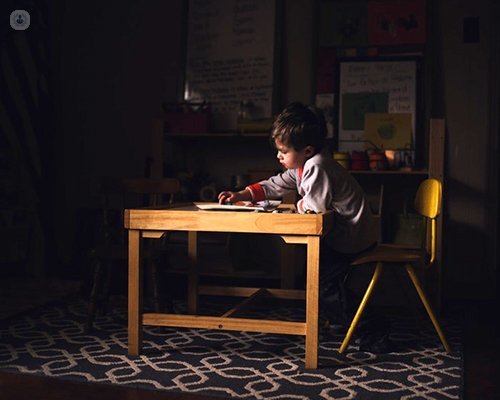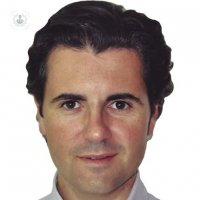Autism spectrum disorder
Written by:
What are the differences between the autistic spectrum and autistic disorder?
At present, autism is defined as autism spectrum disorder or ASD. Classically it called infantile autism, but the wide variety of features, with more or less involvement of language and / or general intelligence, has led to denominate "spectrum".
What is autism? What types are there?
The autism spectrum disorders (ASD) comprise a range of complex neurodevelopmental disorders that begin in childhood and throughout life. They have in common involvement in social reciprocity, verbal and nonverbal communication and the presence of repetitive and restricted patterns of behavior.
The origin of these disorders is extremely varied, as clinical presentation. In most cases, a genetic component predominates, sometimes inherited from parents with autistic behaviors subtle or have gone unnoticed.
Within the TEA, some are presented with adequate intellectual and language development, but others present with an intellectual disability or absence of oral language.
What features correspond? How you can detect the environment in less than suffers?
The first signs of ASD in a child / a usually arise during the second year of life. By 18 months of age, the child / not to look in the eyes, does not share what explores and does not play normally, but tends to repeat the same motions or actions over and over again. In many cases, he lost the first words he had managed to say and cost much changes in environment, with intense tantrums and difficulty sleeping.
What progress have existed in recent years regarding diagnosis and treatment?
In the last years of Neurology they have made remarkable efforts for early detection, before 2-3 years, which has allowed an early stimulation and improvement in autistic behaviors presented. Another advance is the progressive formation of the family to know how to intervene from home and improve their daily lives, through professional and associations.
Current genetic studies, available in hospitals only allow diagnosis in one third of cases.
However, there is still no cure, only palliative disruptive behaviors by using specific drugs when necessary.
How can society help such children?
Today's society has an important role not only in the integration of people with ASD, but in improving disruptive behaviors they may exhibit in public places or crowded. If we know how to target a person with ASD and how to interpret their responses, usually atypical, it will feel safer and interaction will be more enriching for everyone.
Is there any treatment for the child has no social problems as an adult?
The main treatment is to start a cognitive and behavioral stimulation early as possible, usually in the second year of life, and keep all his life, coordinated by the appropriate specialists, teachers and family.



